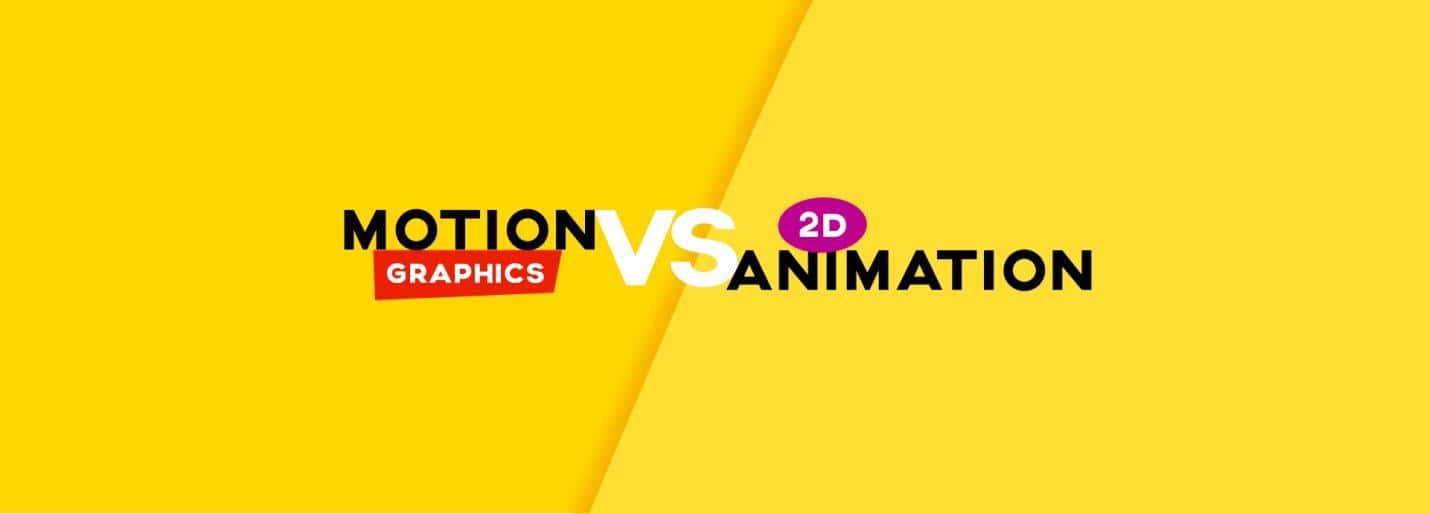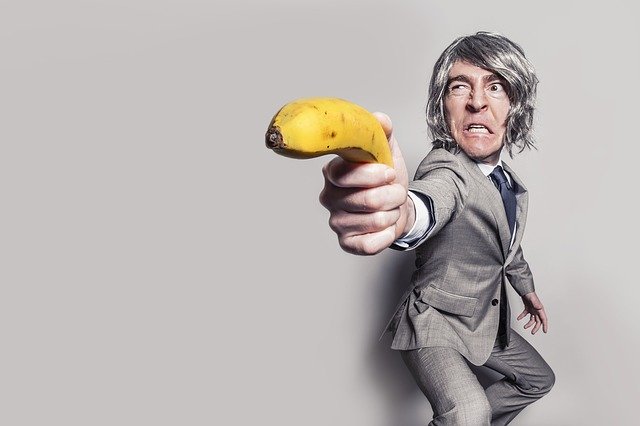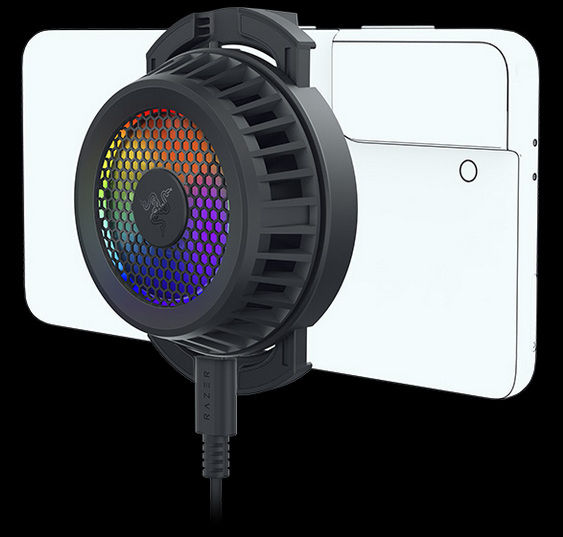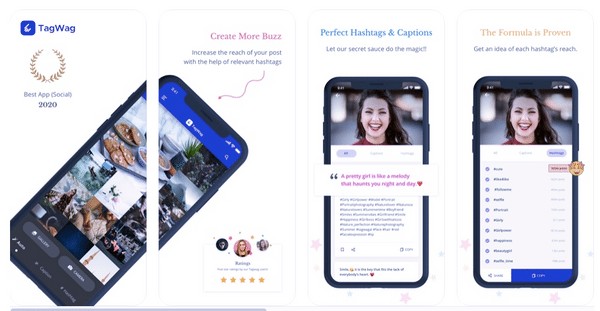What the Difference Between Motion Graphics and Animation
Motion design is the design of the movement of graphic objects. It can be two-dimensional, reminiscent of a dynamic cartoon, and realistic three-dimensional.
The main tools for influencing the viewer in motion design are color, shape, movement, typography and music. It always pursues some goal: it helps to reveal and illustrate an idea, evoke certain emotions, and make a product / service presentation vivid. Nowadays, it is difficult to surprise a sophisticated viewer, so it has become a popular way to attract attention. In a short period of time, motion graphics can convey the necessary information, impress and be remembered for a long time.

How does motion graphics differ from animation?
Difference between motion graphics and animation is that Animation in cartoons differs from animation (motion) graphics in that it reveals a full-fledged plot. Motion graphics are an illustration of some information in motion. It can be numbers, a short story of a brand, or an animated YouTube splash screen that is a couple of frames long. It accurately and vividly convey a message that the viewer does not have to exert to read. It uses audio, sound effects or voiceover to add realism to the action and engage the ear. Such animated graphics evoke emotions and are easy to remember; therefore the popularity of this type of design is growing. Read more on https://fireart.studio/services/motion-design/
Where motion graphics is used
Every year more and more ways of application are found for motion graphics: from the design of animated logos to realistic visual “tricks” in video advertising. The use of motion animation can improve communication with the consumer or pump up YouTube video views. The main thing is to clearly formulate the goal and choose the style that is relevant for the target audience.
Motion design in advertising and media
It is in great demand in the marketing industry. Advertising on YouTube, in online cinemas and television is replete with animated text, logos made up of various thematic elements, goods that are almost assembled in molecules and other incredible motion graphics. Only a short video can create an attractive image of a product, service or information product and make a user click on an ad. That is why marketers, in collaboration with motion designers, prepare ad creatives for all platforms that work with video: Instagram, YouTube, TikTok, Facebook, streaming services of movies and TV shows that involve displaying ads.
Motion Design in Film and Television
It is the film industry that is considered the starting point for the emergence of the art.
Motion Design in Video Games
Modern video games also use the best practices of motion design. Designers create bright screensavers and commercials to promote the game, work with in-game effects. If animated ads appear periodically in your favorite game, you should know that this is the result of the creativity of a designer.
In the field of education
In the field of education, they are used as a powerful tool for high-quality presentation of information. A mix of animated graphics, a voice that explains the topic in simple words, and relevant sounds helps to assimilate the material many times faster.
Motion Design Trends
Among the main trends that we have seen over the past couple of years, we can single out:
- Combination of different techniques. Sometimes one motion design technique is simply not enough to fully reveal the topic. The mix of torn paper effect, vintage film cropping and some 3D elements in the Golden Wolf video for Subway keeps the viewer in suspense, evokes new emotions and … is becoming a trend right now!
- Playing with the font. By changing the width and color of the font, its direction and size, we focus all attention on the text. This technique is likely to be popular in 2021 as well.
- Freehand Drawing and Thin Lines. The Quick Animated Drawing Effect is a proven way to make infographics more engaging to viewers. In 2021, thick lines will be replaced by light and airy ones – this technique will be especially often used in branding, education and the media.

Hello! My name is Lucas, and I am the creator of ursuperb.com. I’ve been writing about technology for almost 10 years now, and I love talking about tech news, reviews, and tutorials. I’m currently living in San Francisco, CA, and I’ve been blogging professionally since 2012. I love what I do, and I really enjoy interacting with people online. I believe in creating positive change for humanity, and I try to inspire others to do the same. You can read more about me here.
My favorite thing about Ursuperb is that I’m able to provide useful information to anyone interested in learning more about technology. No matter what kind of tech you use (computer, smartphone, tablet), you will definitely find something interesting to read on Ursuperb. So, let’s take a look at some of the topics I cover on Ursuperb:
1) How To Build An Online Business With WordPress
2) How To Make Money On YouTube Using AdSense
3) What Is Google Analytics? And Why Should You Use It?
4) How To Make Your Own Website Design Software For Free


